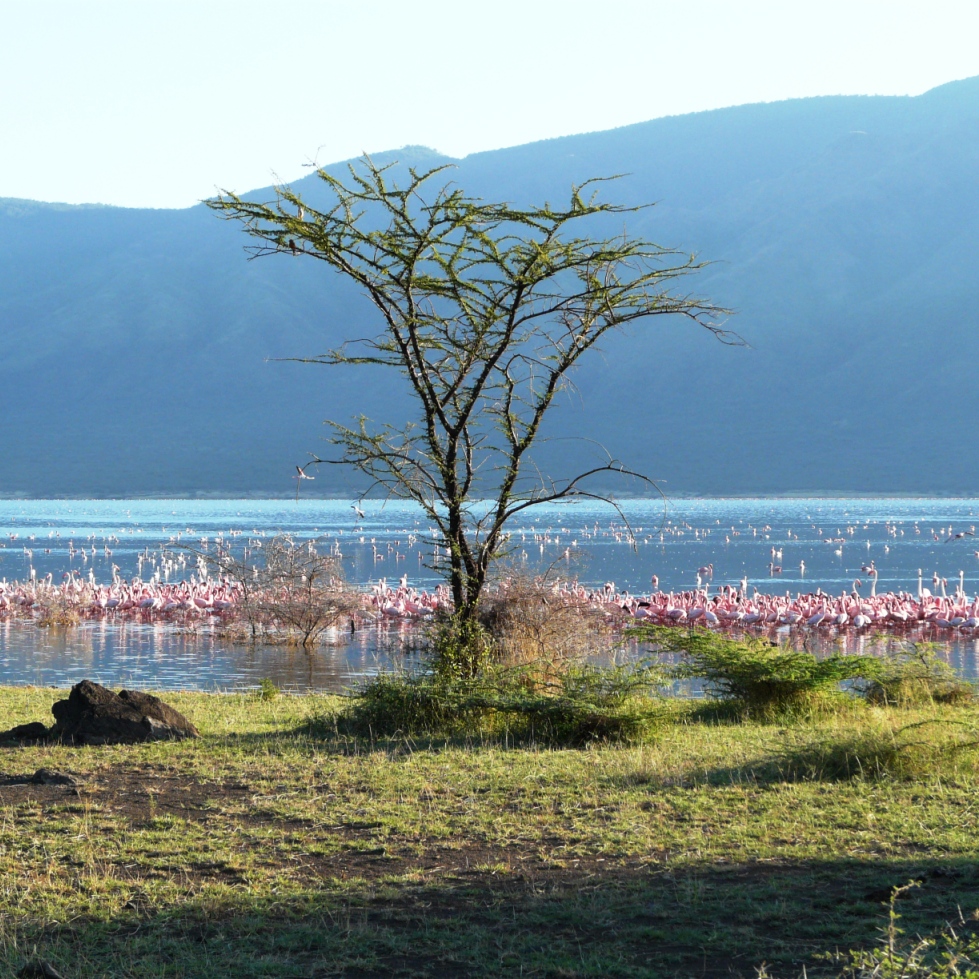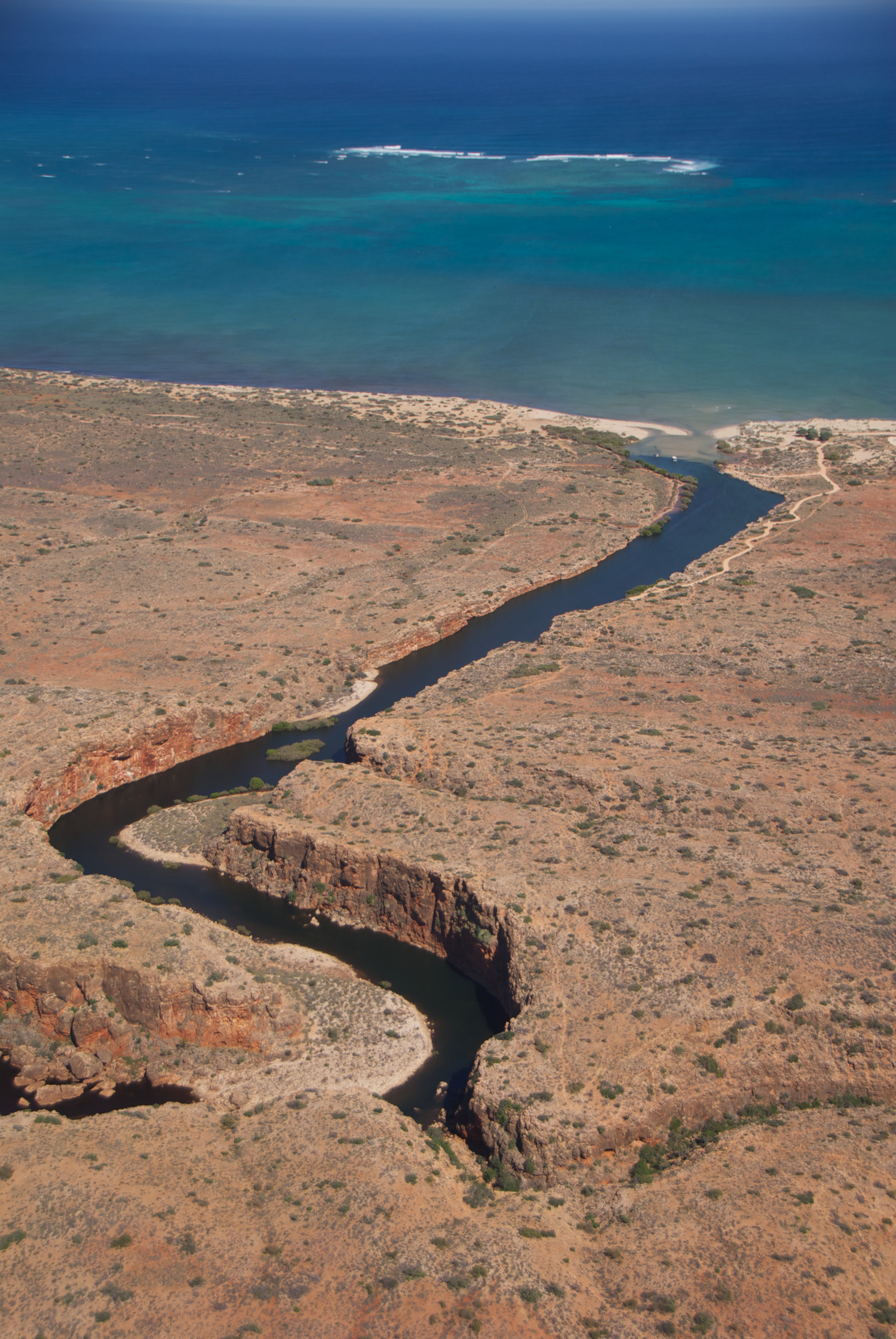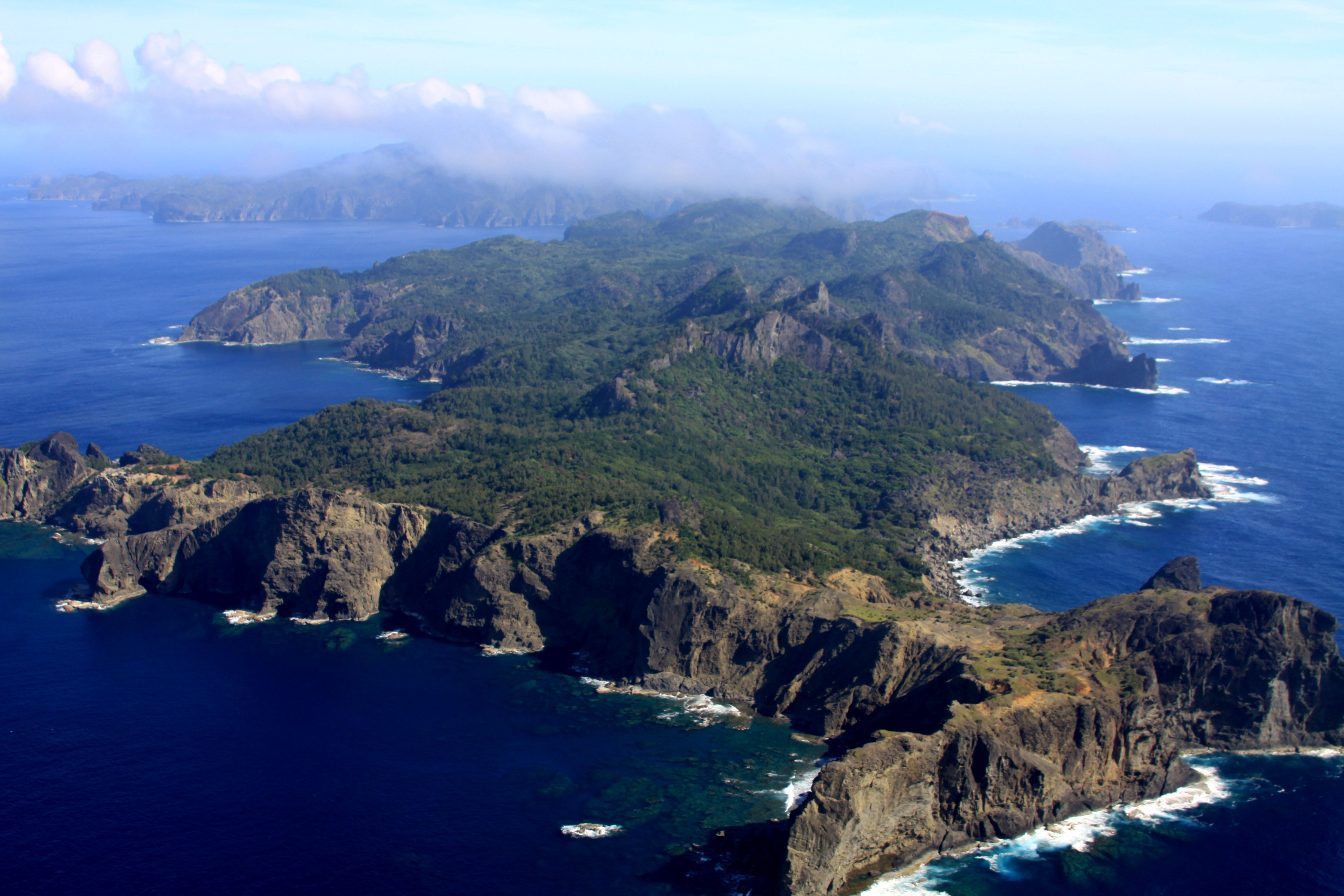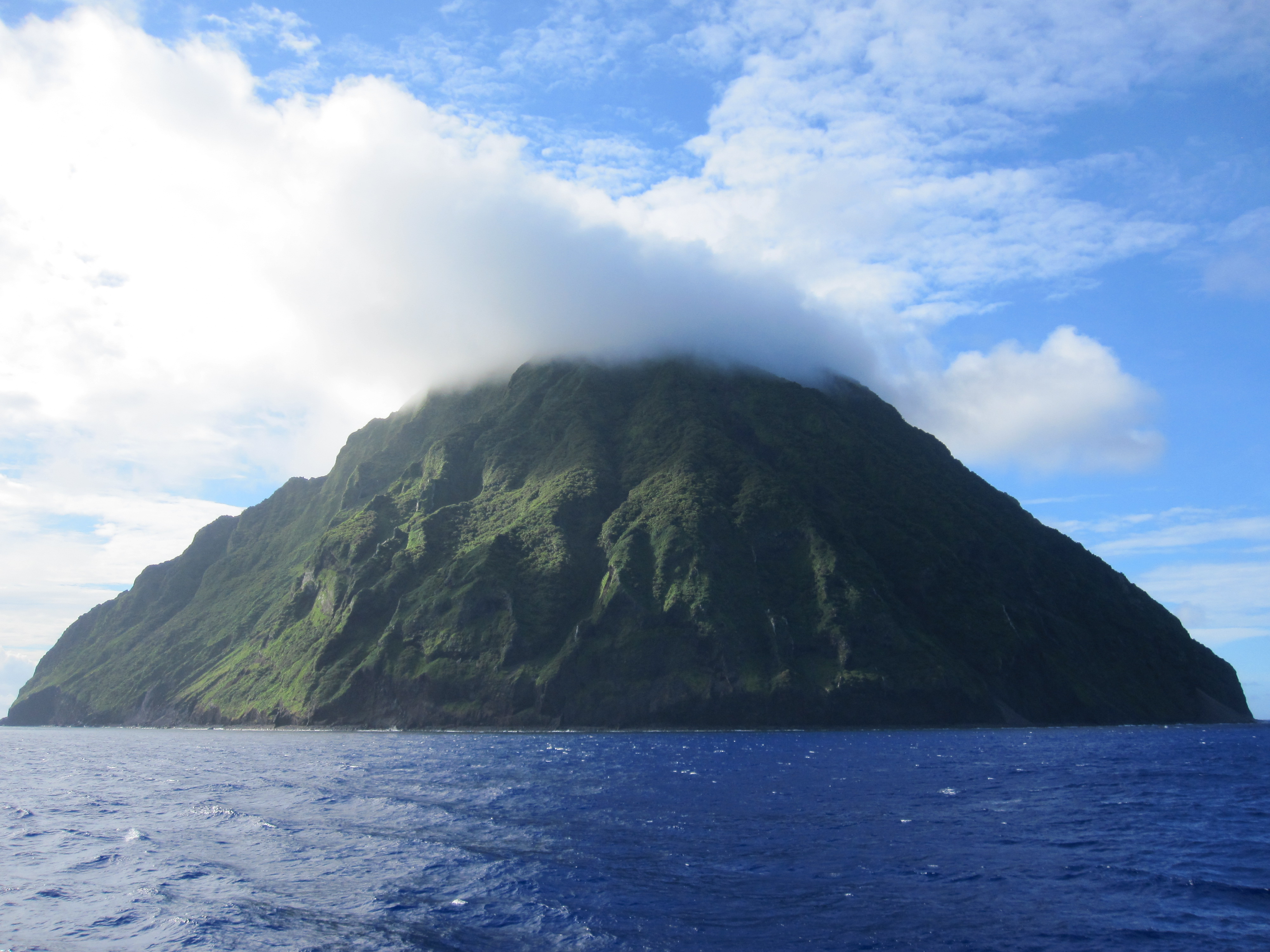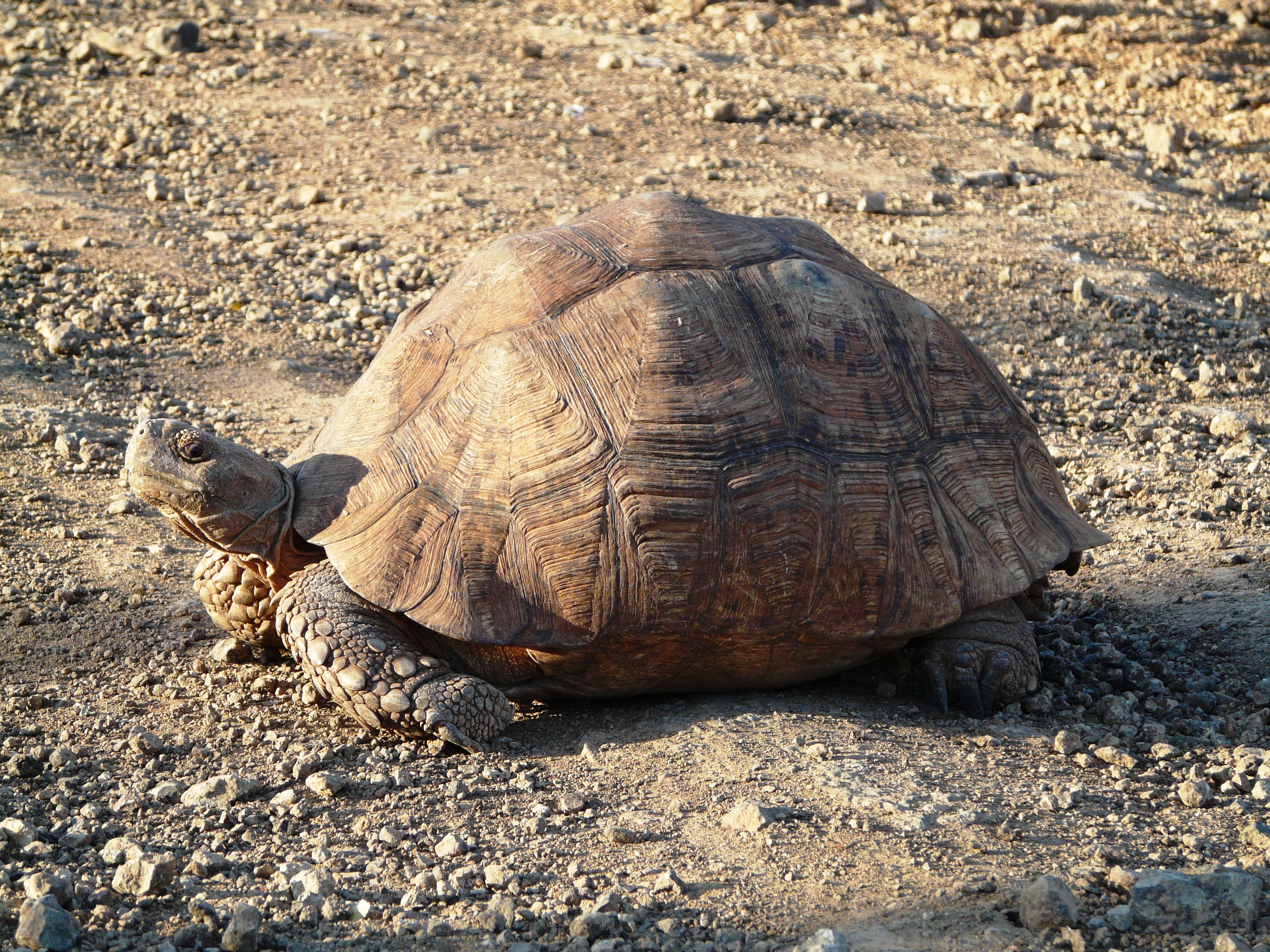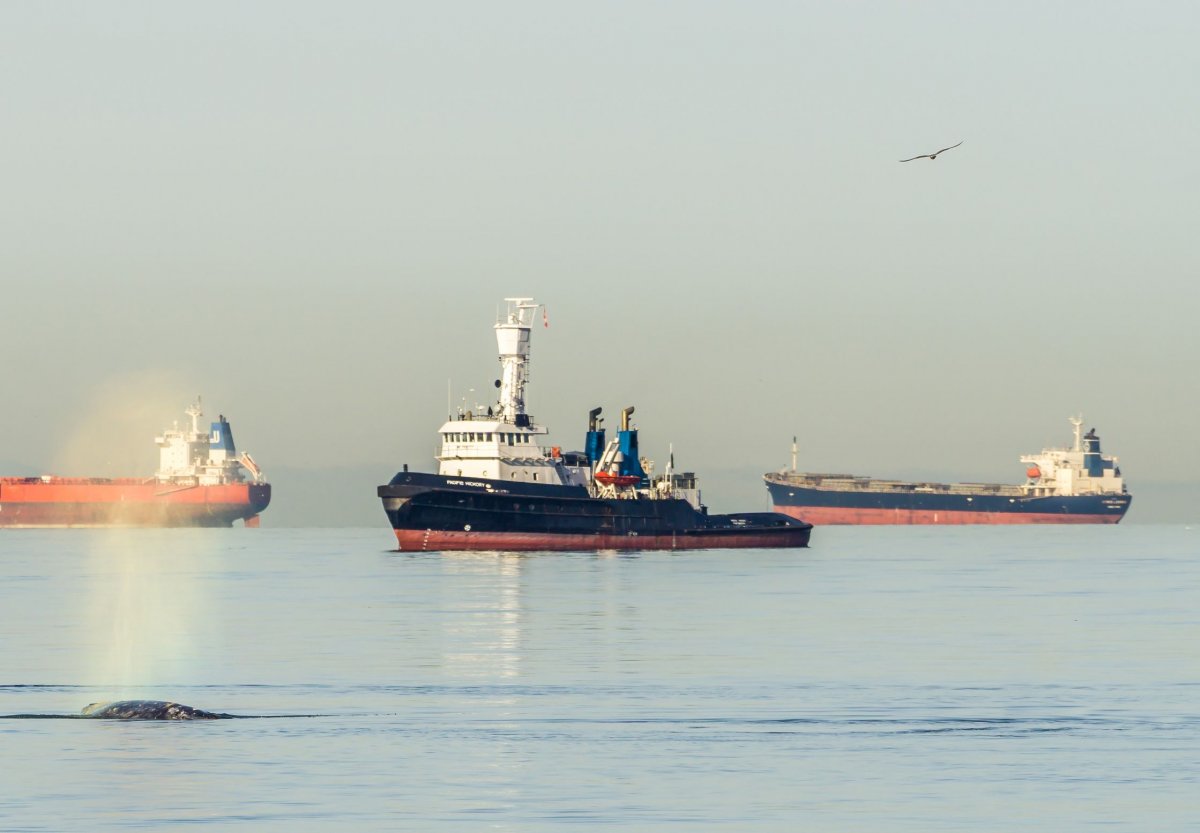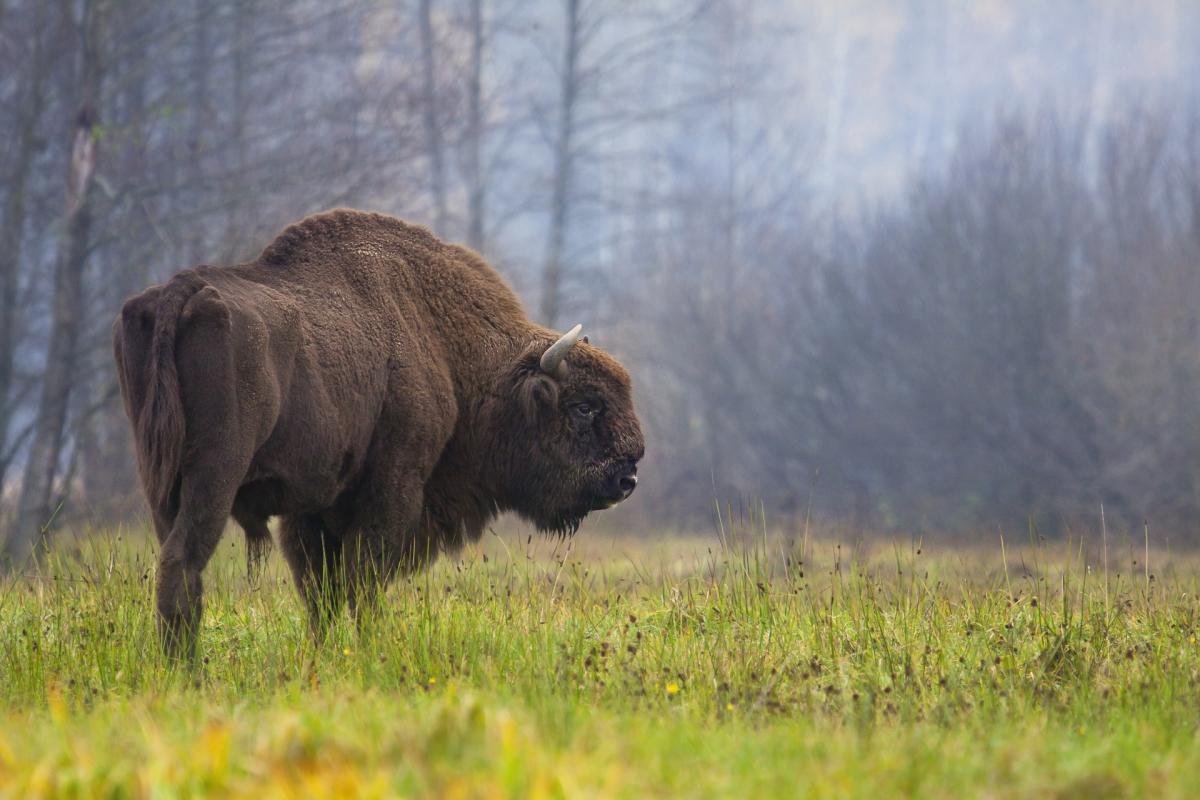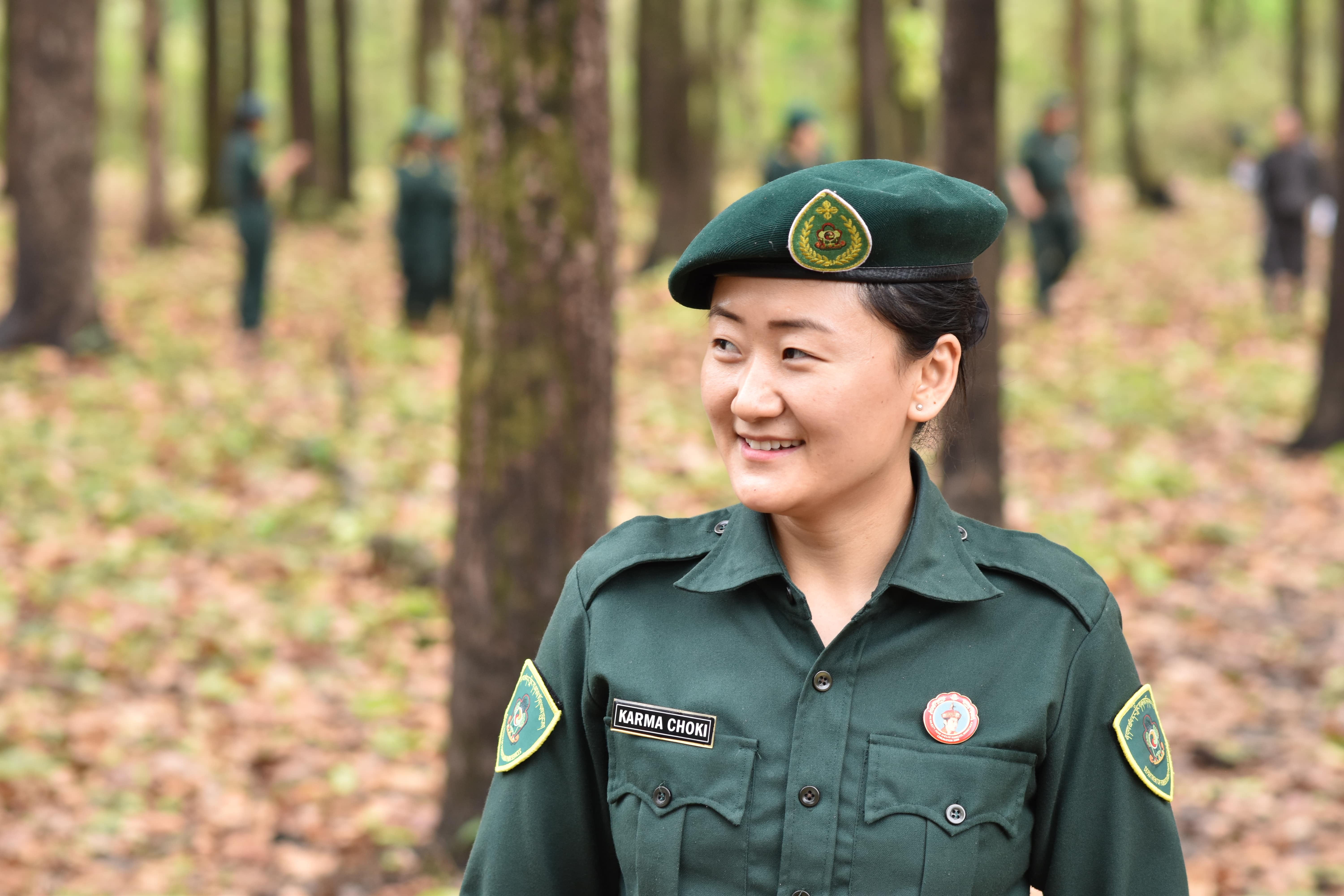Natural wonders in Kenya, Australia and Japan declared World Heritage Sites
The Lakes System in the Great Rift Valley in Kenya, the Ningaloo Coast in Australia and the Ogasawara Islands in Japan have been inscribed on the World Heritage List, following the recommendations of IUCN.
IUCN, the independent advisory body on nature to UNESCO, presented the findings of its comprehensive evaluations of the natural values of 13 nominated sites to the World Heritage Committee. With the new additions announced today at the meeting in Paris, the number of natural and mixed sites is now 210.
Recommended for inscription by IUCN for its outstanding beauty and biodiversity, the Kenya Lakes System consists of three lakes: Lake Elementaita, Lake Nakuru and Lake Bogoria, all of which lie in basins on the floor of the Great Rift Valley which transects Kenya North-South. The three lakes are an integral part of one the largest bird migratory routes in the world sustaining 75% of the global population of the lesser flamingo, supporting one of the major breeding colonies of the great white pelicans and providing a vital wintering ground for over 100 species of migratory birds.
“It is wonderful to see these spectacular lake sites in Kenya, and their rich bird life, achieving recognition as natural sites of the highest global importance,“ says Tim Badman, Director of IUCN’s World Heritage Programme. “We especially welcome this inscription as the first natural World Heritage Site listed in Africa since 2007.”
The Ningaloo Reef on the north-western coast of Australia is home to the largest fish in the world, the Whale Shark, as well as to more than 500 species of tropical fish and 220 species of coral. The rich marine life includes soft and hard corals, manta rays, sea snakes, whales, turtles, dungeons and sharks. Australia is the country with the largest number of natural World Heritage Sites in the world.
“The Ningaloo Coast is a unique place with outstanding natural beauty and biological diversity, which plays an important role in the protection of marine species,” says Tim Badman. “The Coast tells an extraordinary story of biological isolation, climate change, the movement of continents and environmental conservation.”
Located in the western Pacific Ocean roughly 1,000 km south of the main Japanese Archipelago, the Ogasawara Islands are an outstanding example of ongoing evolutionary and biological processes in oceanic island ecosystems. The newly inscribed site includes more than 30 islands and marine areas, clustered within three island groups and is home to over 140 endemic plants and animals.
“The remoteness of the Ogasawara Islands has allowed animals and plants to evolve practically undisturbed, making it a living evolutionary laboratory,” says Peter Shadie, Deputy Head of IUCN’s Delegation. “The Ogasawara Islands tell a unique story of how life on earth has and continues to evolve with new species being regularly discovered.”
For more information or to set up interviews, please contact:
• Borjana Pervan, IUCN Media Relations, m +41 79 857 4072, e borjana.pervan@iucn.org
• Brian Thomson, IUCN Media Relations, m +41 79 721 8326, e brian.thomson@iucn.org
About IUCN’s work on World Heritage
Each year IUCN, the independent advisory body on nature to UNESCO, reports to the World Heritage Centre on the conservation status of certain natural and mixed World Heritage sites under threat. IUCN’s assessments on what is happening in World Heritage sites are derived from a variety of sources: IUCN members, indigenous peoples groups, the scientific community, experts from IUCN commissions and concerned individuals and organizations.
